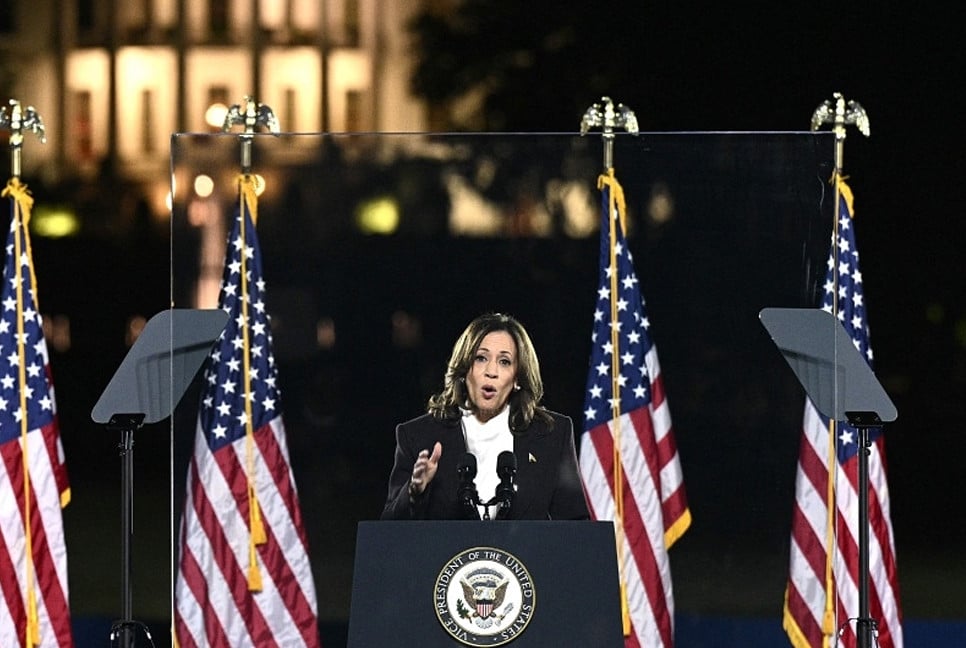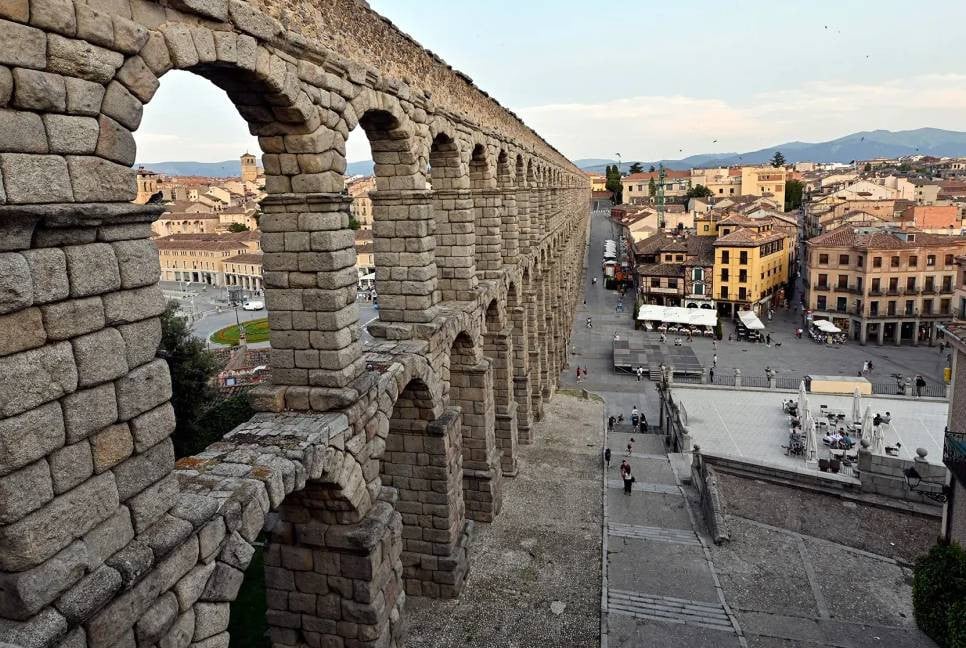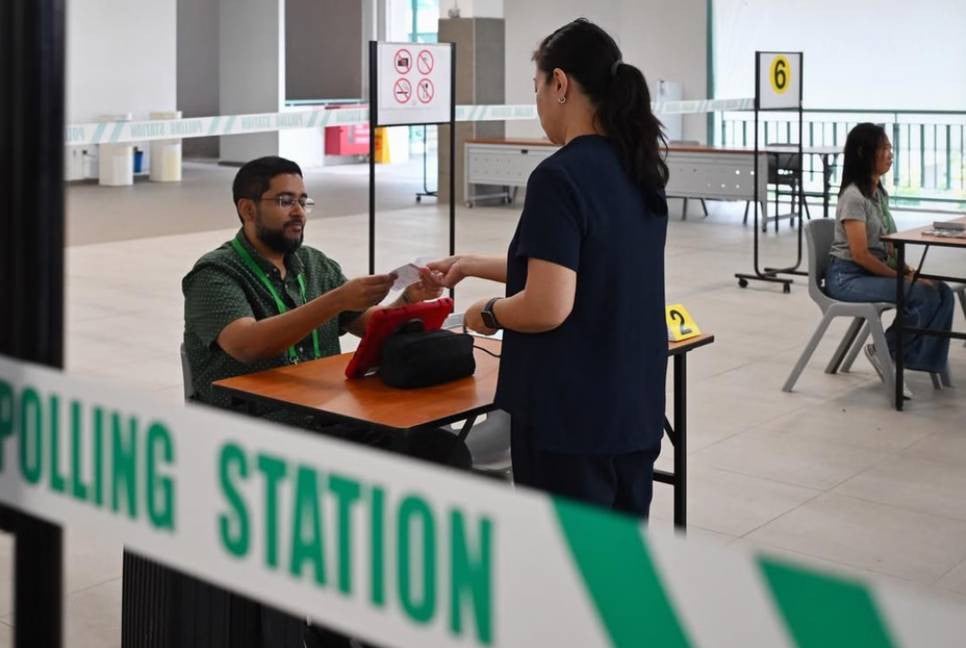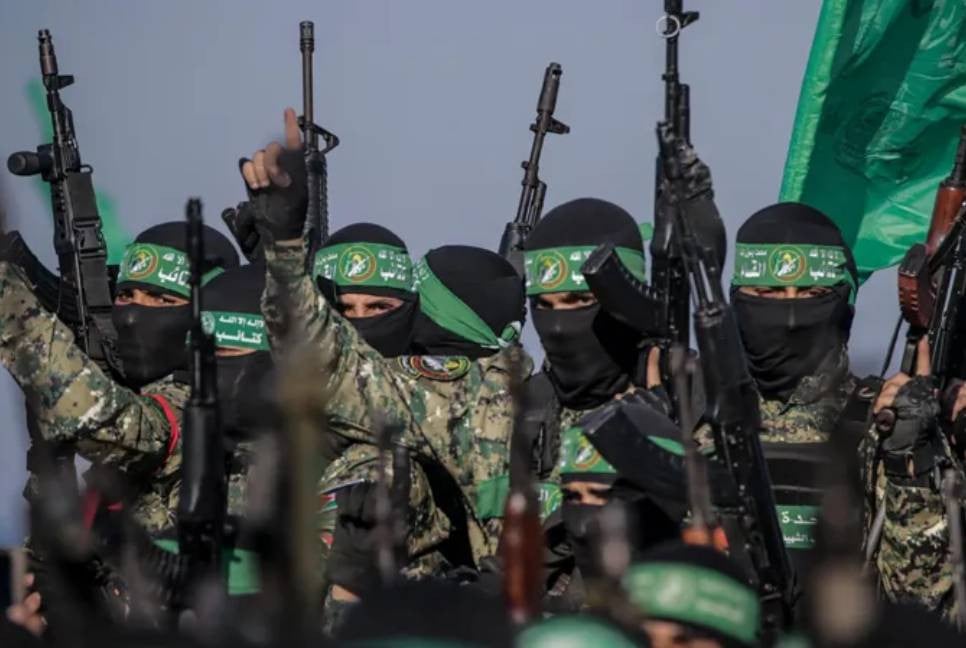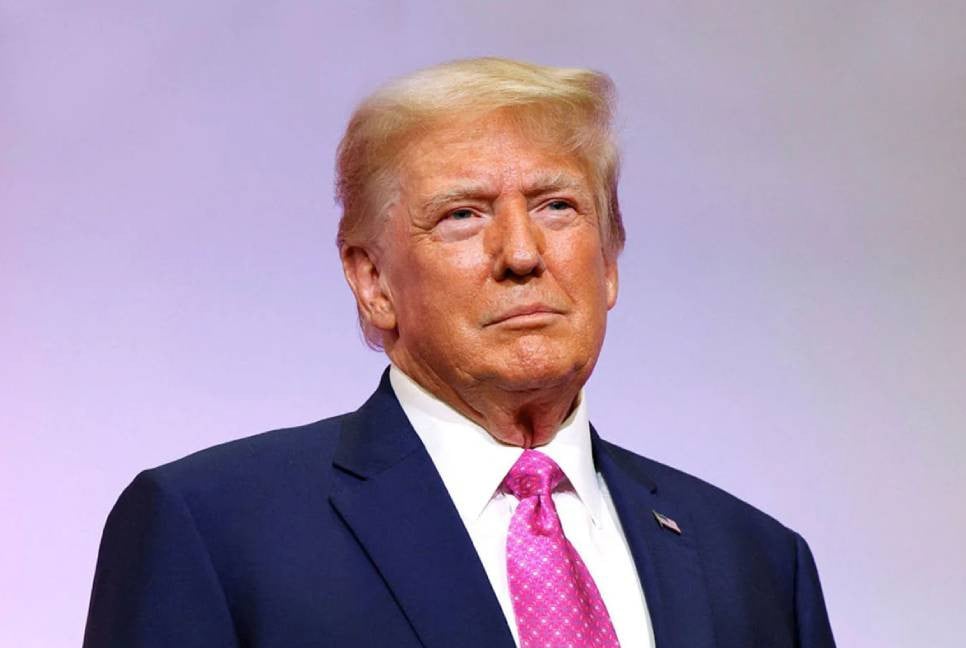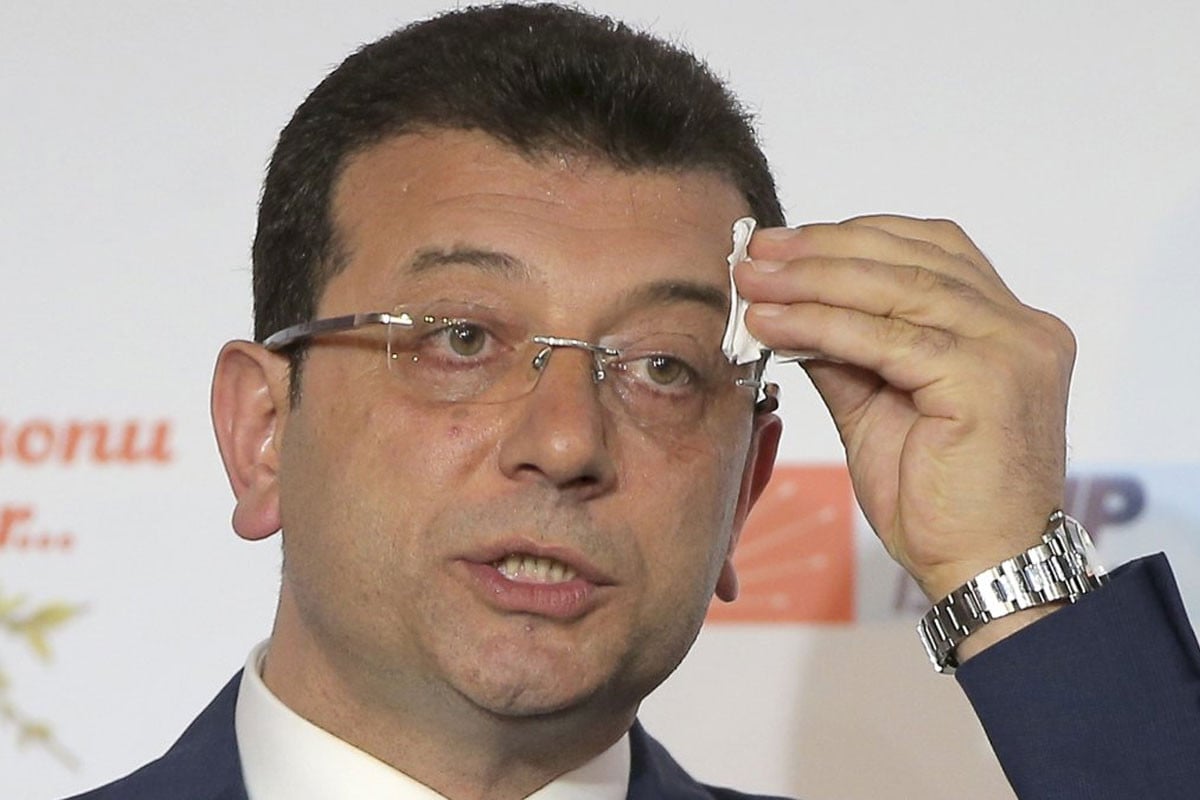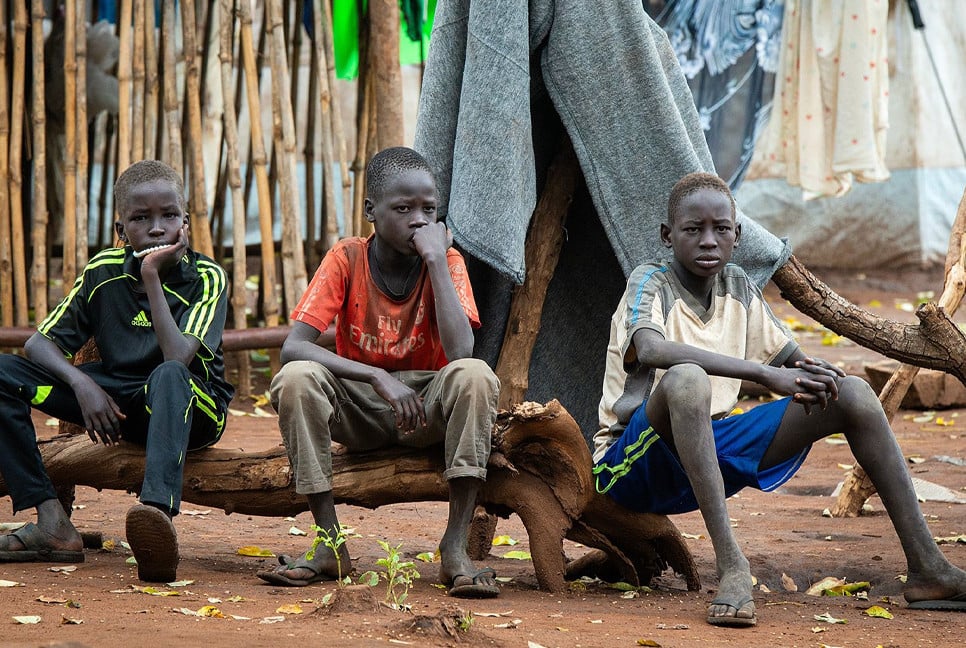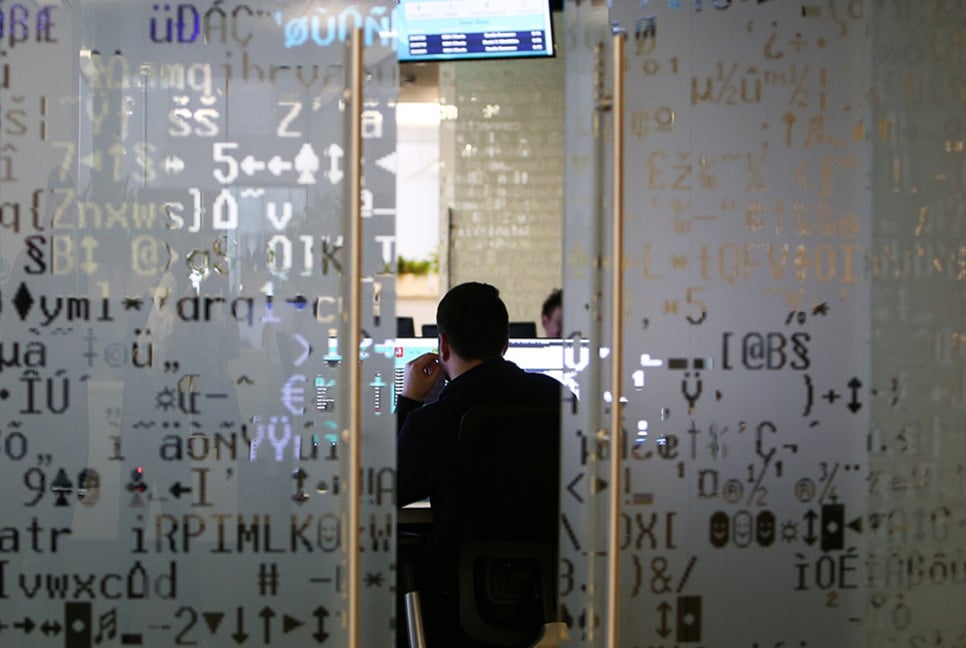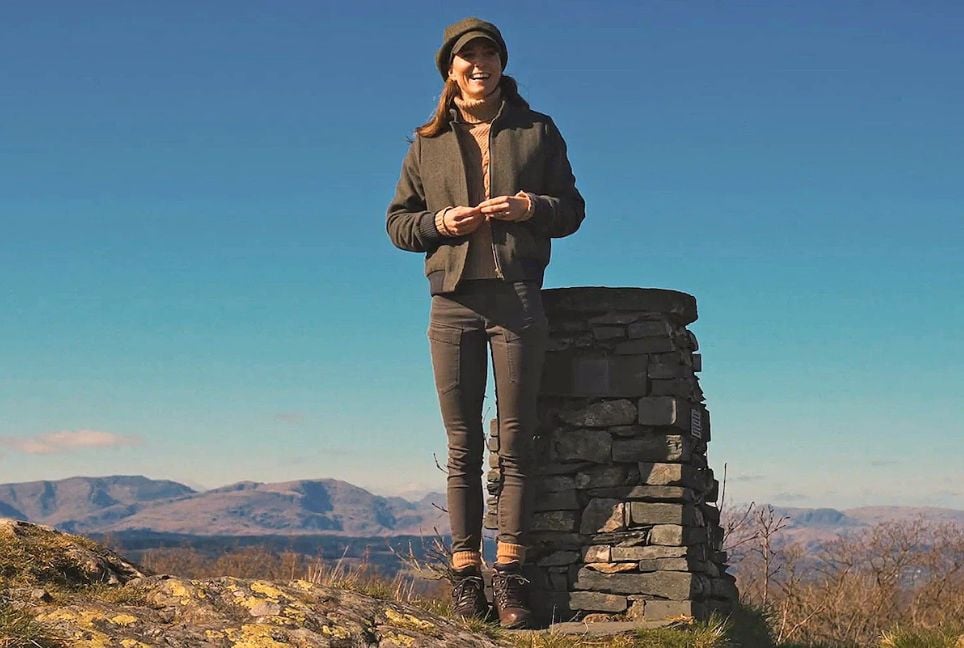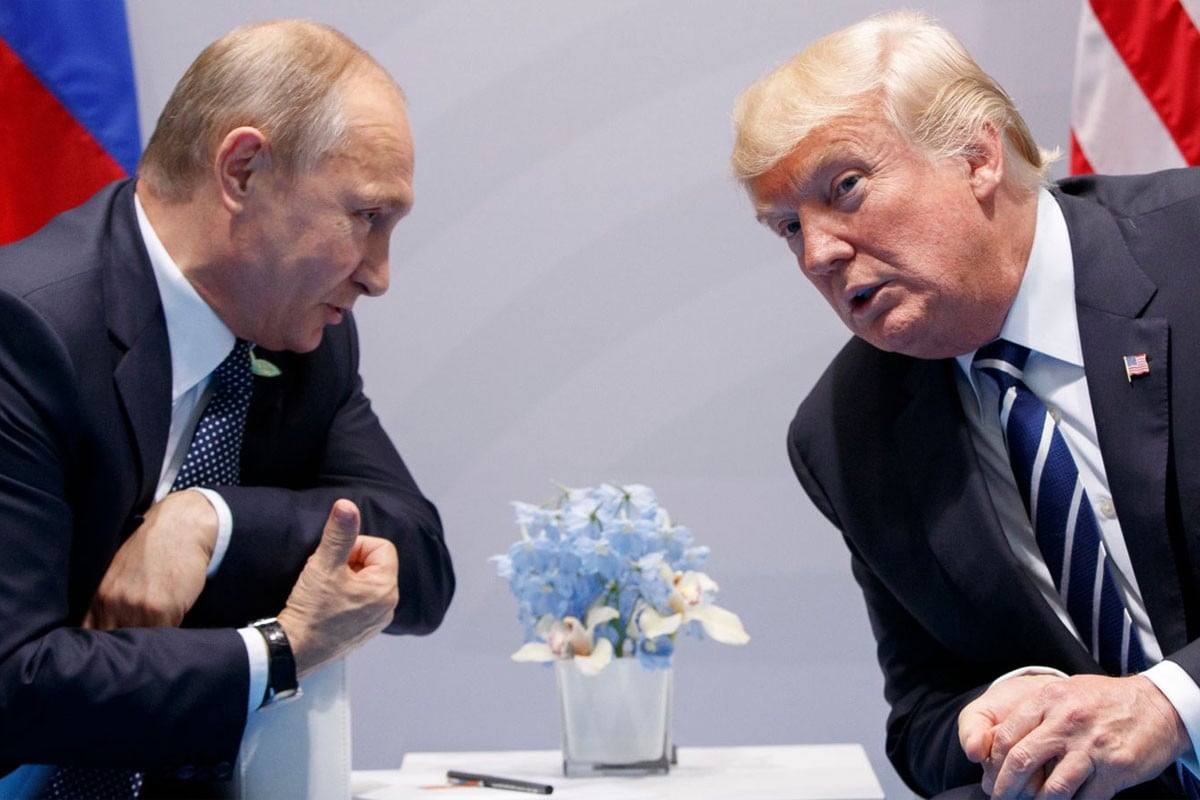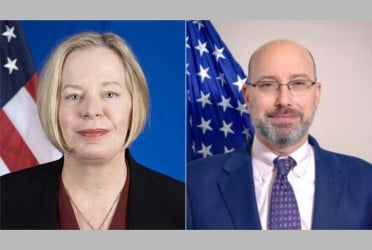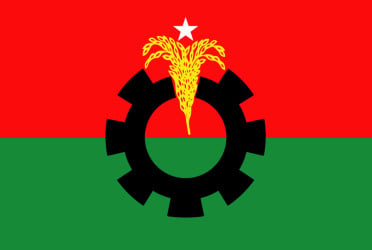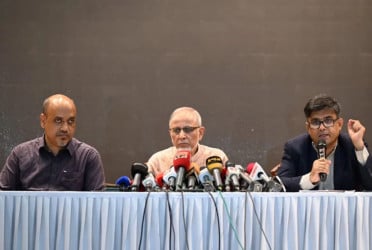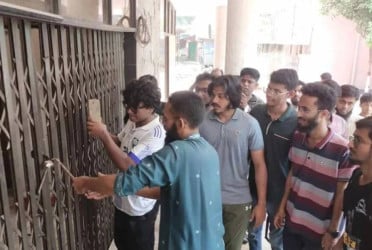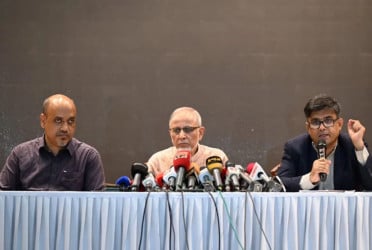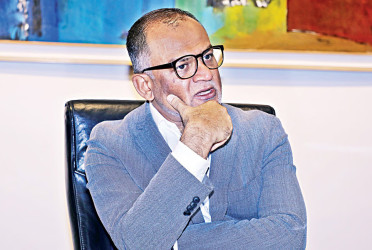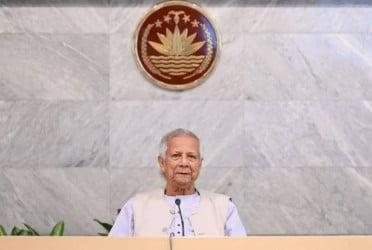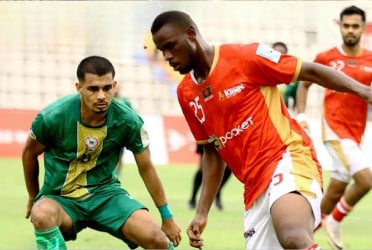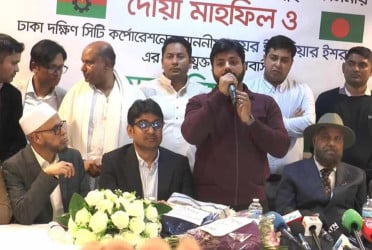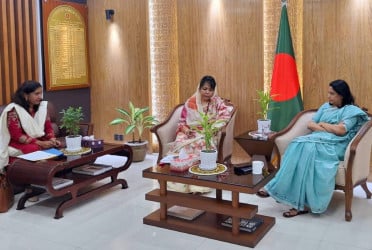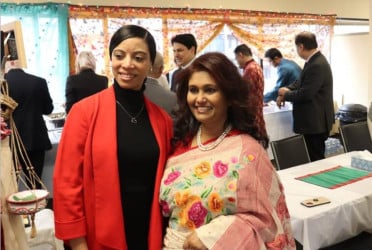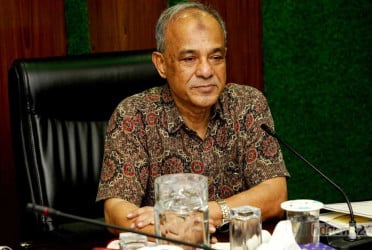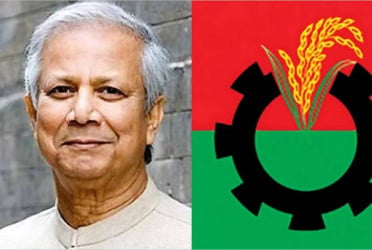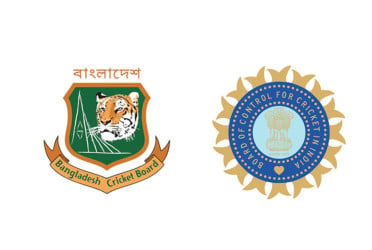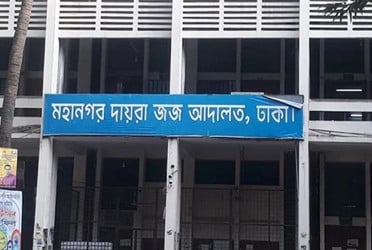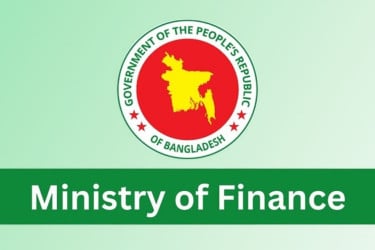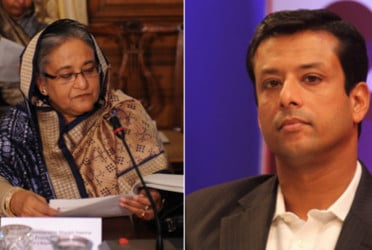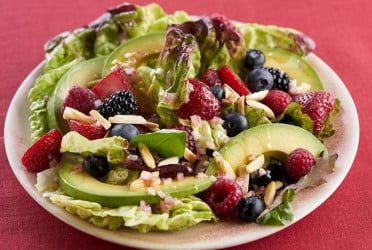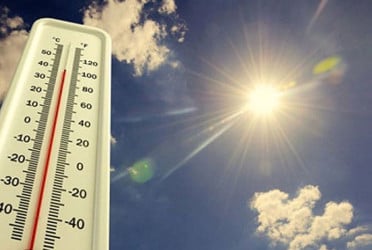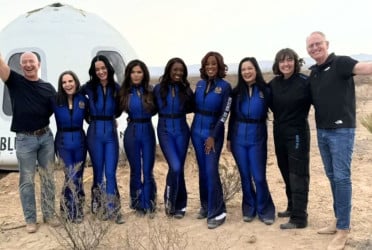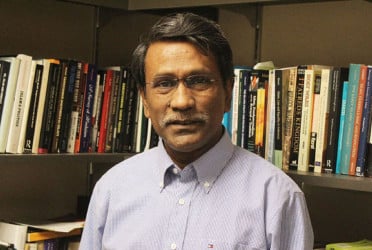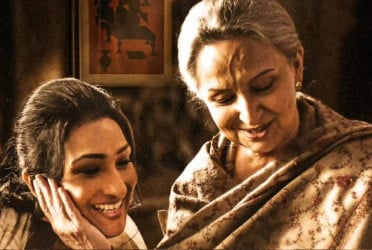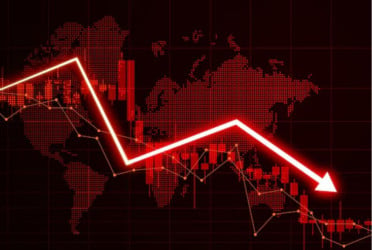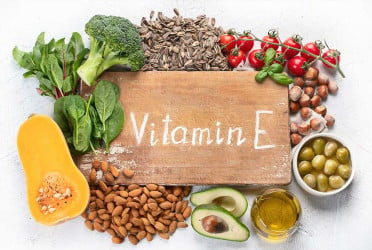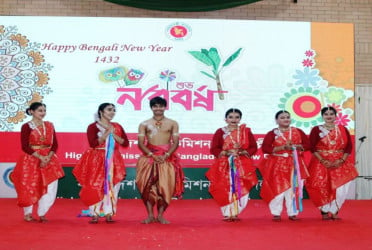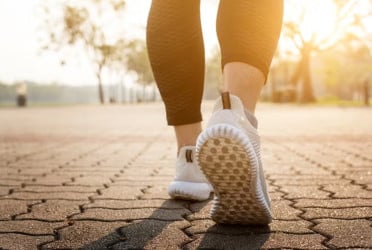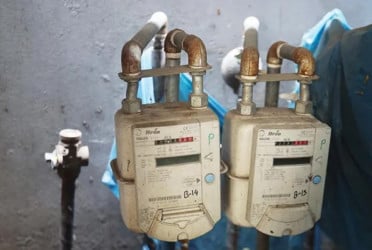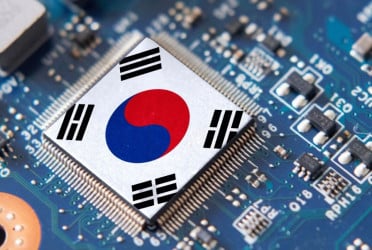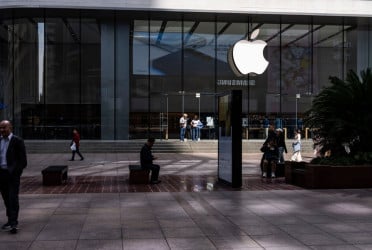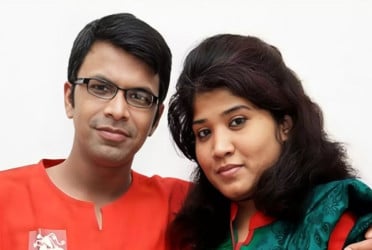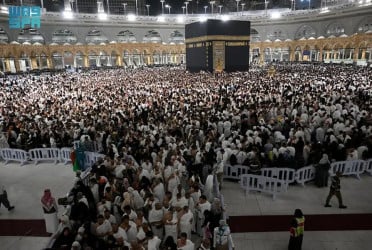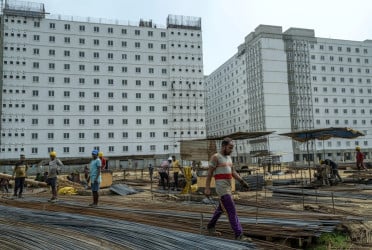In a short period, the Indian community of about five million has established a small but growing presence in state houses and the US Congress, where five members serve.
In less than a week, they will have the opportunity to put a half-Indian American candidate in the White House.
Vice-President Kamala Harris, 60, a Democrat whose mother arrived in California in 1958 as a 19-year-old student from Tamil Nadu, cannot take the Indian-American vote for granted. But enthusiasm for her is building to a crescendo.
Ask Mr Kishan Putta, a Democrat who is running to be re-elected commissioner for the District of Columbia’s upscale Georgetown neighbourhood.
Two weeks ago, Mr Putta, 50, was on a three-hour bus ride that took him from the safe Democratic harbour of his own district to the biggest swing state of 2024 – Pennsylvania.
He said he had never seen anything quite like that day-long trip, packed with Indian Americans from Washington and the adjoining Maryland and Virginia suburbs.
“I’ve been involved in politics for almost 30 years now. There were never many South Asians spending a lot of time on politics. There never used to be an organisation or infrastructure to support their involvement,” he said.
In 2024, the community has become more self-aware and is being courted like never before.
In all, roughly 2.6 million Indian Americans are eligible to vote in the Nov 5 presidential election. In key battleground states like Arizona, Georgia, Michigan, North Carolina and Pennsylvania, the South Asian population exceeds the narrow margin of victory in recent elections.
When Mr Putta’s campaign bus reached the outskirts of Philadelphia, the political tourists fanned out, armed with data on ethnicities and addresses in Montgomery County, the third-most populous county in Pennsylvania.
The remarkably detailed lists allowed them to knock on doors of members of their own community.
This is new. “It used to be hard to come up with even basic political data on our community. We were small and nobody would invest the time and money,” said Mr Putta, a graduate of the Harvard Kennedy School of Government.
Now, the community has the connections, the cash and the drive.
Grassroots organisations with names like “Chitthi Brigade” (Aunt’s Brigade in Tamil) and ShaktiSOS and many others sell “Lotus for Potus” T-shirts selling for US$20 (S$26) apiece to raise money for Ms Harris, whose Sanskrit first name translates as “lotus”. Potus stands for “president of the United States”.
The national-level Indian American Impact, which works to increase representation and civic engagement among Indian and South Asian communities, has raised millions of dollars to register and mobilise voters.
Their vote could prove decisive in an era of thin-margin victories in tightly contested battleground states, where they are the largest group (21 per cent) among all Asian American voters. Chinese Americans and Filipino Americans make up 15 per cent each.
The community seems to be aware of its importance, referring to itself as the “margin of victory”.
It helps that Indian Americans also have the highest voter turnout among Asian Americans, at about 71 per cent in 2020.
One of the five Indian Americans in Congress, Representative Pramila Jayapal from Washington state, who has been canvassing the community in the swing states of Pennsylvania and Georgia in recent weeks, frequently echoes the thought.
“The popular vote, we always win as Democrats,” she has said in recent media interviews. “But with the Electoral College, where it comes down to a few key states, Indian Americans can be the margin of victory.”
On the other hand, Indian Americans identifying as Republicans are also increasing in number.
There is an Indian American connection on their ticket too: Donald Trump’s running mate J.D. Vance’s wife, Usha, is the daughter of Indian immigrants.
Trump’s proposed tax breaks go down well with the prosperous community, which has a median household income of about US$153,000 – more than double the figure for the country as a whole.
Culturally conservative, Indian Americans also support the party’s guarded stance on social issues like gender fluidity.
But twice as many within the community support the Democrats.
The Indian American Attitudes Survey, a nationally representative poll of 714 Indian American citizens conducted between Sept 18 and Oct 15, 2024, found that 60 per cent planned to vote for Ms Harris, compared with 31 per cent for Trump. Five per cent plan to vote for a third-party candidate, while 4 per cent do not intend to vote at all.
Another authoritative community survey, the 2024 AAPI Voter Survey released in September, showed that nearly seven in 10 Indian American voters indicated that they would vote for Ms Harris.
Broadly put, Indian Americans tend to fall somewhere between black and Hispanic voters in their support for Ms Harris.
Surveys of registered voters have shown that 77 per cent of black Americans; 64 per cent of Asian Americans, native Hawaiians and Pacific Islanders; and 58 per cent of Hispanic Americans intend to vote for Ms Harris.
This compares with 61 per cent of Indian Americans. White voters are the only demographic group demonstrating majority support for Trump, at 52 per cent.
But can the country’s second-largest immigrant group – trailing only Mexican Americans in size – deliver the Nov 5 election to Ms Harris?
‘Remind them of the terrible Trump years’
Mr Putta, the Democrat from DC, found at least two effective ways to get his message across to voters still holding out on Ms Harris.
First, he reminds them how bad the Trump years actually were. “A lot of the time, we found that Indian Americans had forgotten what it was like dealing with Covid-19,” he said.
With some prompting, “they remembered we had so many more deaths in America than in other countries”, he said.
And after that, they did not need much persuasion. “These are pretty well-educated people. They believe in science and they care about climate change,” he added.
Trump believes in neither, the band of campaigners reminded them.
The other theme that resonated with Indian Americans is healthcare, with Ms Harris’ proposal for a tweak that would cater to the needs of large, multi-generational families.
“A lot of Indian Americans we visited were living with their parents or elderly grandparents. Kamala Harris’ proposal aims to help the elderly stay in their homes with support, instead of sending them to a nursing home,” Mr Putta said.
But some in the community shrink from the fact that she has chosen to identify more with the black component of her mixed-race heritage.
By her own account, Ms Harris and her sister were raised as black women by their single mother, who separated from her Jamaican husband while they were young girls.
Trump highlighted this aspect of her identity during an interview, provocatively asking: “Is she black or is she Indian?”
Her supporters counter that Ms Harris hosted the White House’s biggest Deepavali celebration in 2022, and that she can turn out a dosai like a true desi, as Indian Americans refer to themselves.
A video where she chats with actress Mindy Kaling about her mother’s masala (spice) collection and deftly spreads and flips a dosai has raked up nearly seven million views.
“But anybody who observes her in detail comments that she does not talk about either side of her identity very much,” said Mr Putta. “She doesn’t even talk about the possibility of being the first woman president. It’s just not the way she sees politics.”
Besides, he pointed out, the Republicans were not really trying. “I’ve not heard of South Asians for Trump, Indian Americans for Trump. And definitely not campaign buses to battleground states.”
Ms Harris’ improbable sudden rise, from being the running mate of an unpopular President Joe Biden to the Democratic candidate, is like something out of a Bollywood film.
Whether it leads to a fairy-tale ending next week remains to be seen. The Indian Americans are determined to give her a fair shot.
Source: Straits Times
Bd-Partidin English/ Afsar Munna

